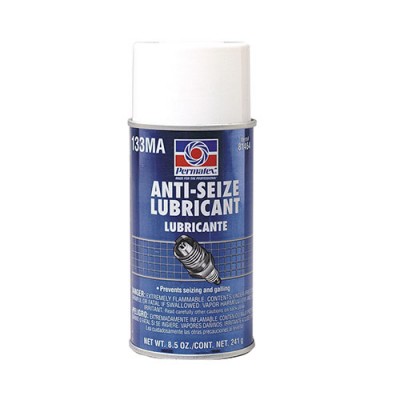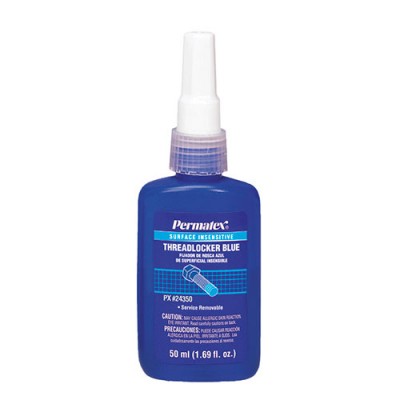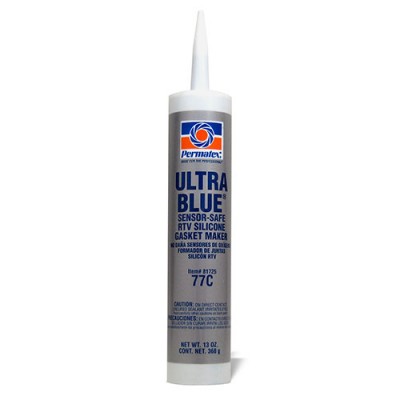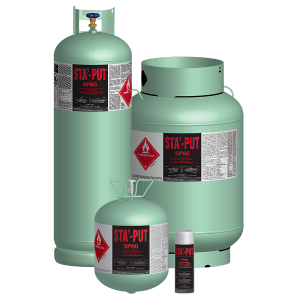
Types of Lubricants: What you need to know
Having been in the business for over a half century, we know a thing or two about the industries and products of our trusted brands. And while we know a great deal about adhesives, we also often help our customers choose the right lubricant for their project, with which there are three major types: aerosols, anti-seize, and silicone lubricants. There are clear benefits and specialties with each and this blog endeavors to briefly answer the what, where, how, and why with each type of lubricant.
*Featured are products in each lubricant category from the experts at Permatex.
Aerosol: Aerosol lubricants are simply lubricants that can be applied by spraying the surface or part in question by way of a pressurized aerosol can. Some anti-seize lubricants even come in aerosol varieties.
Where: Hinges, gears, chains, harder-to-reach areas.
How: Clean the surface, part or mechanism well, spray the lubricant, reassemble if applicable, and wipe off any excess lubricant.
Why: Aerosols are very convenient, easy to use, and multi-purpose.
Product- Permatex #133 Anti-Seize Lubricant

Anti-Seize: These lubricants prevent or greatly inhibit mechanical seizing, or the tendency for bolts, pins or other parts to be a challenge to dissassemble. Due to the high heat, heavy pressure environments that anti-seize lubricants are used in, like heavy duty vehicle engines, you might be able to imagine how it could be next to impossible to loosen bolts or pins without a good anti-seize lubricant.
Where: Turbines, Jet engines, brake assemblies, anchor pins, U-bolts.
How: Dry and clean (use a wire brush to loosen any rust if necessary) the surface, apply the anti-seize lubricant, and reassemble parts using regular assembly methods.
Why: Effective on surfaces of up to 1,600 degrees F, reduces corrosion due to chemicals and the elements, and permits easy dissassebly of parts.
Product – Permatex Surface Insensitive Threadlocker Blue

Silicone: Silicone lubricants actually function more as a sealant or bond but can be considered lubricants none the less. Unlike the properties of the other lubricants, silicones allow for a bit of flex, which comes in handy in environments with a lot of vibration and movement. Silicones are often used in making gaskets, like the Permatex #77 BLUE Gasket Maker, typically in automobile or marine engines.
Where: Engines – automobile and marine. Valve covers, oil pans, differential covers, water pumps, intake manifold end seals, etc.
How: Clean and dry the area, cut the application nozzle to the proper bead size, apply a continuous and even bead of silicone on the surface and around all bolt holes, assemble parts immediately, allow one hour for the surface to dry, and then re-tighten parts after one hour by ¼ to ½ turn.
Why: Excellent vibration resistance, noncorrosive, great resistance to oils and other fluids, guaranteed not to leak, low odor.
Product: Permatex #77 ULTRA BLUE Multi-Purpose Gasket Maker

Call or email our sales team if you have any questions about what type of lubricant you should use on your next mechanical project!
[email protected] – (800-220-1966)


